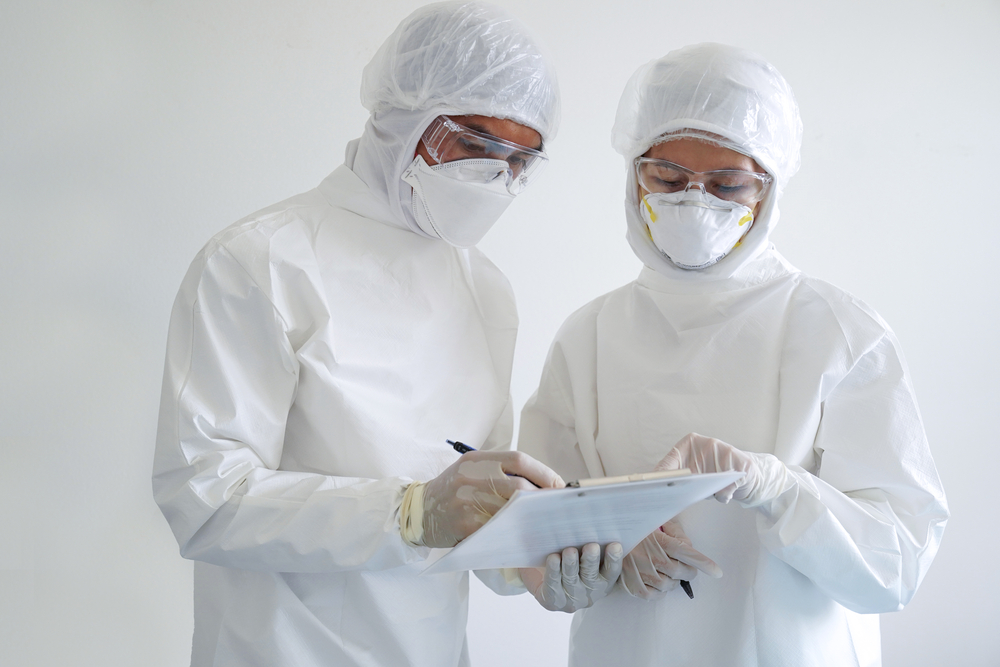On June 30, the Occupational Safety and Health Administration (OSHA) announced it is extending its National Emphasis Program (NEP) for COVID-19 until further notice. The NEP was set to expire July 7.
The agency also announced it is temporarily increasing its coronavirus inspection goal from 5% of inspections to 10% while it works to finalize a permanent coronavirus healthcare standard. From March 2021 to March 2022, inspections under the NEP accounted for 7% of all federal OSHA inspections, exceeding the NEP’s 5% goal.
OSHA is raising its inspection goals in response to reports from the Centers for Disease Control and Prevention (CDC) of increasing coronavirus hospitalization rates nationwide since mid-April and data forecasts that hospitalizations may increase significantly in the coming weeks.
OSHA’s rationale is that the increase in hospitalizations reinforces the need to continue prioritizing inspections at workplaces with a higher potential for coronavirus exposures, such as hospitals, assisted living facilities, nursing homes, and other healthcare and emergency response providers treating patients with coronavirus.
However, the NEP will continue to cover non-healthcare industries, such as meat and poultry processing.
OSHA is seeking to adopt a permanent standard based on the emergency temporary standard (ETS) issued June 21, 2021. All but the recordkeeping provisions of the ETS were withdrawn in December. The American Hospital Association (AHA) has urged OSHA to drop the rulemaking. The agency also is working on a rulemaking for an infectious disease standard to prepare for future outbreaks.
OSHA has issued 1,200 coronavirus-related citations to employers since the beginning of the pandemic in February 2020. It has also assessed penalties totaling $7.2 million dollars to date. More than 400 employees who filed coronavirus retaliation claims against employers have obtained relief under OSHA’s whistleblower program, with monetary awards to employees exceeding $5 million, according to the agency.
Industries targeted under the COVID-19 NEP include ambulance and home healthcare services; general, psychiatric, and surgical hospitals; and long-term care facilities, as well as non-healthcare industries such as correctional facilities; discount department stores, groceries, supermarkets, and restaurants; meatpacking and poultry processing facilities; and warehouses and storage facilities.
The NEP’s inspection procedures begin with an opening conference and a review of an employer’s injury and illness logs (OSHA 300 and OSHA 300A) for calendar years 2020 and 2021 to date to identify work-related cases of COVID-19.
Agency compliance safety and health officers (CSHOs) also will interview employers and employees to determine if there have been any recorded cases or reports of recent or active work-related COVID-19 infections resulting in lost work time, hospitalizations, or fatalities. Additionally, they will determine whether unvaccinated workers are performing tasks that include a high frequency of close contact with increased potential exposure to COVID-19 hazards.
At healthcare facilities, agency personnel will also look for other health hazards during a walkaround, including exposure to workplace violence; slips, trips, and falls; bloodborne pathogens or other potentially infectious materials; ergonomic hazards (musculoskeletal disorders (MSDs)); and tuberculosis. All other health hazards observed during an inspection under the NEP may be referred for later inspections as agency resources permit.

